Rot Prevention Techniques for Wooden Outdoor Furniture
Know Your Enemy: How Wood Rot Starts Outdoors
Fungi need three things to feast: damp wood, oxygen, and cellulose. Break any one side of this triangle—usually moisture—and you starve the problem. Keep furniture dry, sealed, and ventilated to deny fungi their favorite dinner.
Know Your Enemy: How Wood Rot Starts Outdoors
Look for soft or spongy spots, dark streaks near joints, musty smells, flaking finish, and hairline cracks that hold water. Touch suspicious areas with a screwdriver; if it dents easily, act fast before decay spreads into surrounding fibers.

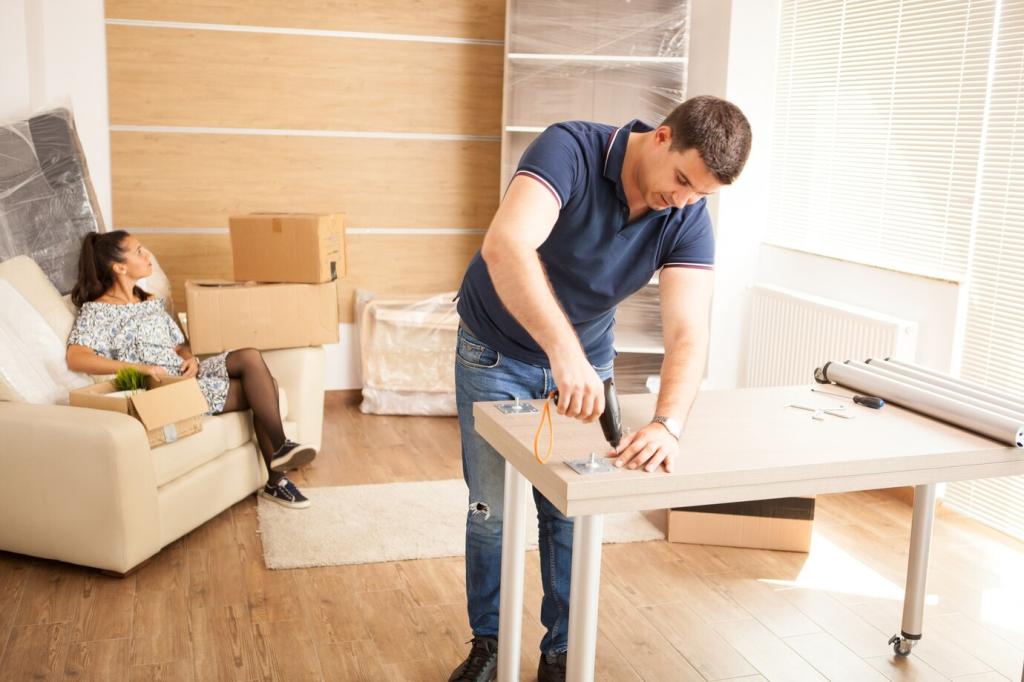
Naturally Durable Species Worth The Investment
Teak, ipe, white oak, cedar, and redwood carry natural oils and tight grain that resist moisture and decay. They cost more, but over a decade, their stability and low failure rate can save you refinishing time, repairs, and replacement costs.
Pressure-Treated And Thermally Modified Options
Modern treatment processes infuse or alter wood to discourage fungi and insects. Choose reputable pressure-treated or thermally modified boards for hidden frames or budget builds, then pair with a quality topcoat to protect surfaces from sun and standing water.
Fasteners And Fittings That Won’t Betray You
Use stainless steel or silicone bronze screws, marine-grade hinges, and plastic or rubber spacers. Avoid cheap zinc that corrodes, stains wood black, and traps water. Hardware that resists rust prevents hidden moisture pockets and keeps joints tight.

Seal, Stain, And Oil: Building A Waterproof Shield
Marine varnish and high-solids exterior urethanes create a durable film that sheds rain. They look luxurious but require disciplined upkeep: sand lightly, recoat before cracking, and keep edges sealed so water never sneaks beneath the protective layer.
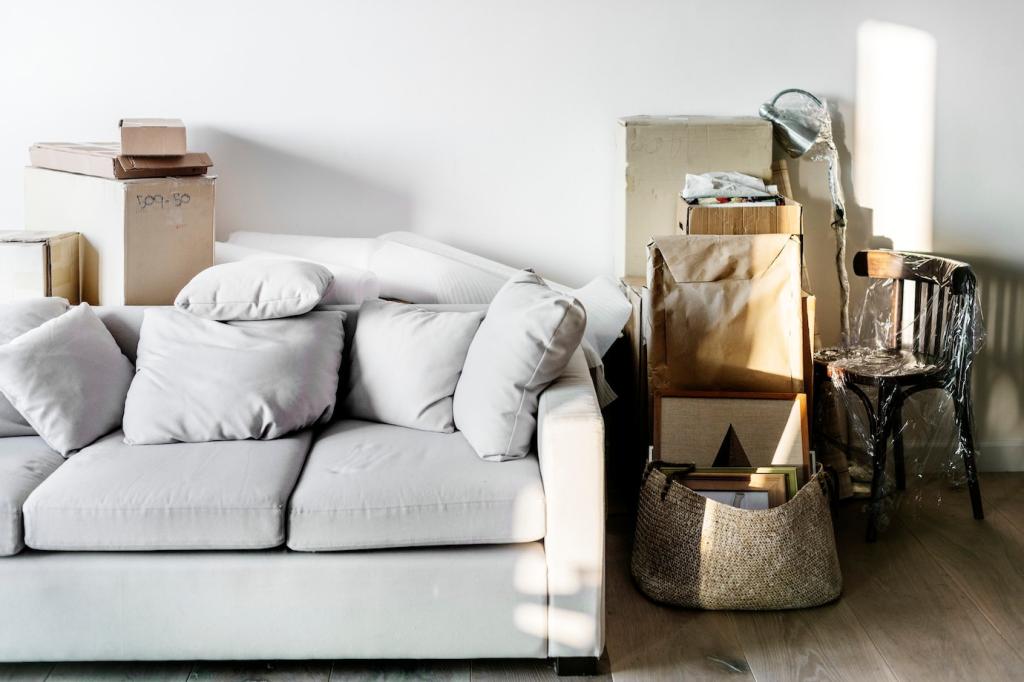


Smart Design And Placement Beat Rot Before It Starts
Add gentle slopes to tabletops and armrests, round edges to prevent bead lines, and drill discreet drain holes in horizontal surfaces. Even a two-degree pitch moves water away fast, minimizing puddles that creep into pores and start decay.
Smart Design And Placement Beat Rot Before It Starts
End grain acts like a bundle of straws. Seal it twice, cap feet with rot-proof pads, and avoid ground contact. Use biscuits, dowels, or tenons set back from edges so exposed ends don’t wick water straight into vulnerable joints.


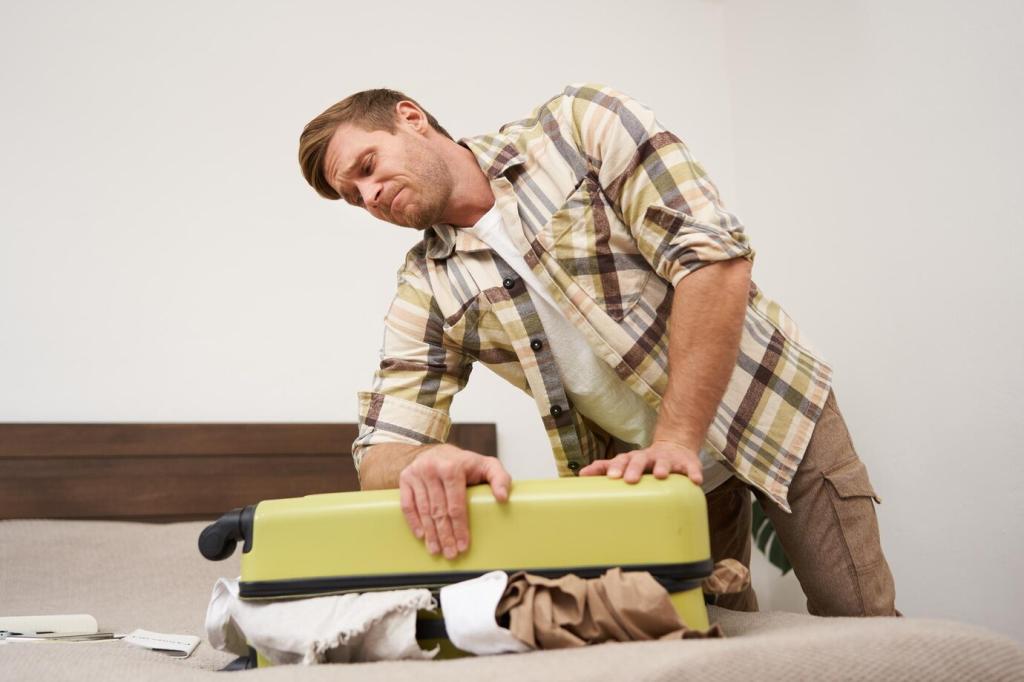
Seasonal Strategy: Sun, Rain, Snow, And Storage
01
Choose breathable covers with vents and proper tie-downs. Never trap wet furniture under airtight vinyl. Always let wood dry before covering, and leave clearance at the base so air circulates and condensation doesn’t collect around the feet.
02
Before winter, clean, dry, and touch up finish. Store in a dry shed or garage on blocks, not directly on concrete. Add silica gel or a small dehumidifier if your space gets damp, then label a spring checklist to recoat early.
03
Do you tilt tabletops before storms, or move pieces under eaves during long rains? Tell us what works. Your routine might save another reader’s heirloom bench from a soggy spring and inspire our next maintenance calendar download.
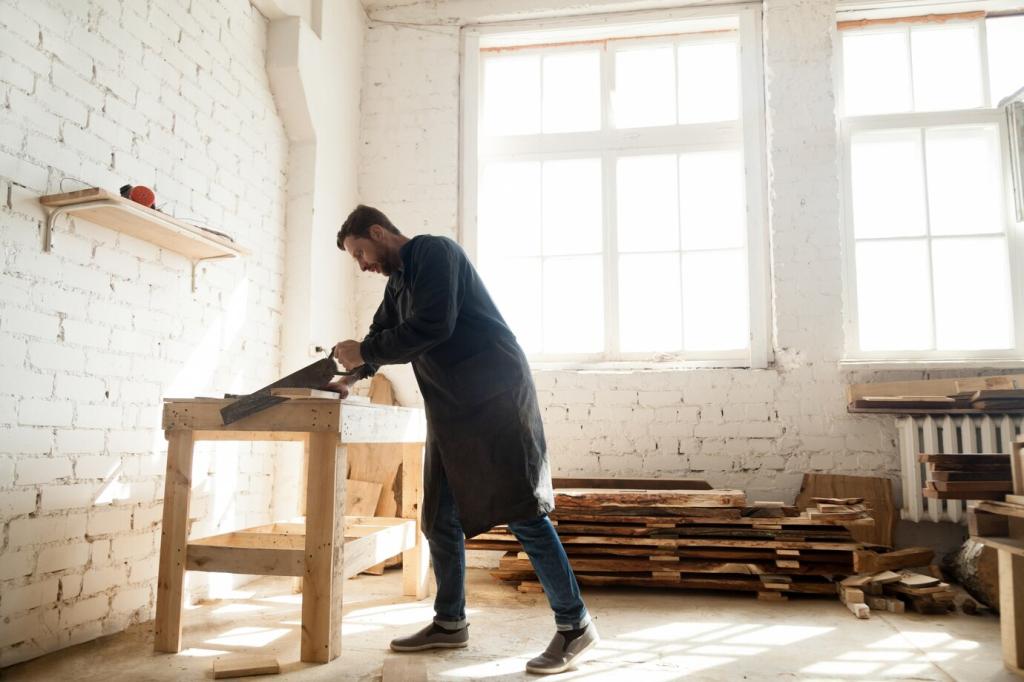
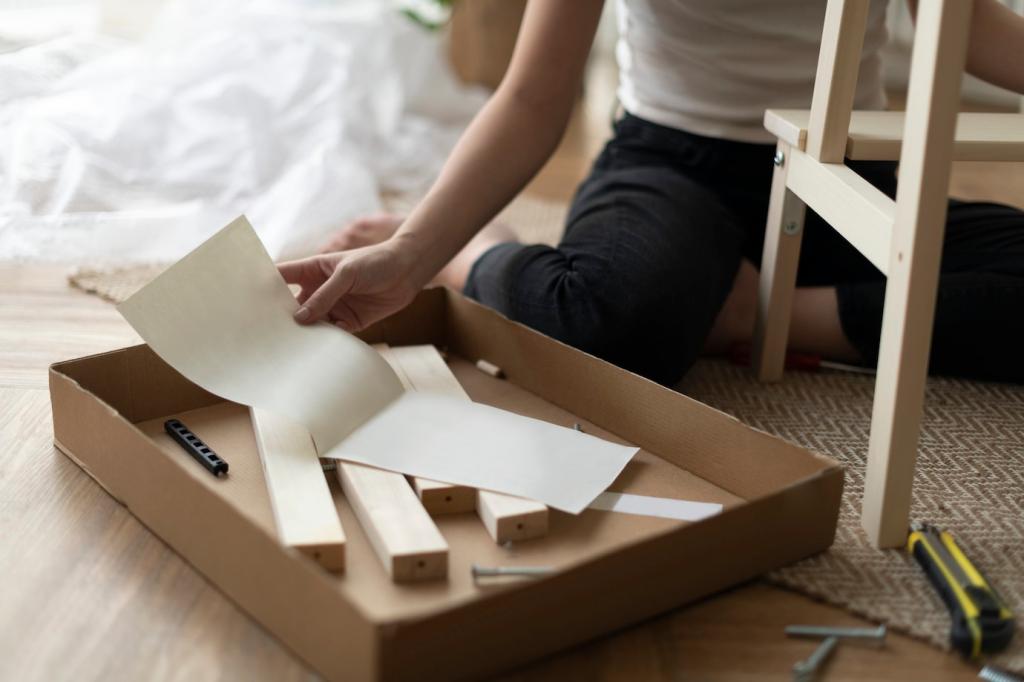
Real-World Story: The Patio Set That Beat Three Summers
Their chairs sat flat on concrete, trapping puddles. Unsealed end grain wicked water, zinc screws bled black streaks, and finish peeled. By August, the seats felt spongy, and a single thunderstorm pushed moisture deep into every joint.
Real-World Story: The Patio Set That Beat Three Summers
We added rubber feet, sealed end grain twice, used stainless screws, and re-oiled in spring. After storms, we towel-dried flat surfaces and tilted the table. Three summers later, the cedar still rings solid when tapped with a knuckle.
